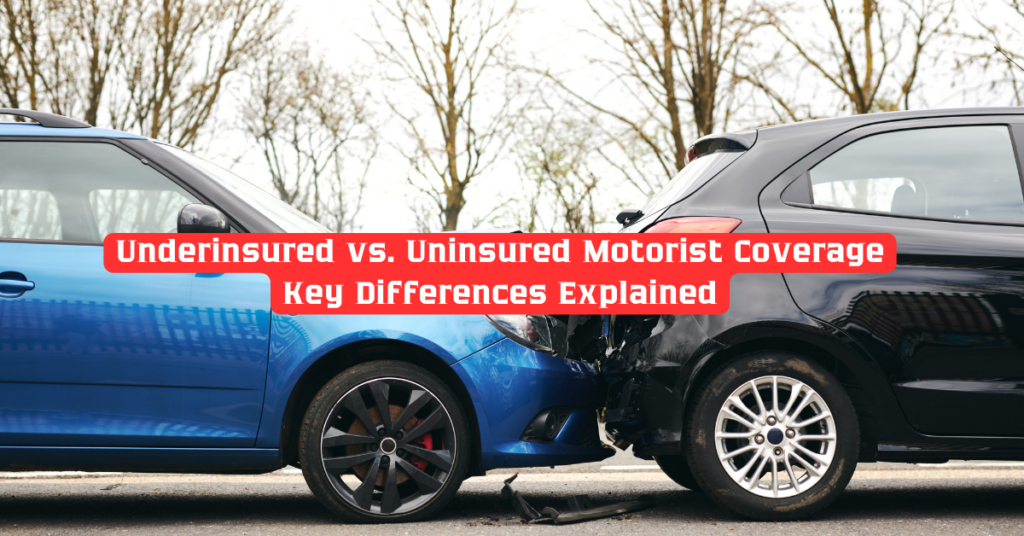When it comes to auto insurance, understanding the distinction between uninsured motorist coverage and underinsured motorist coverage is crucial for making informed decisions about your policy. These two types of coverage play a significant role in protecting you financially in the event of an accident with an uninsured or underinsured driver. Here’s an in-depth look at their key differences and why they matter.
What Is Uninsured Motorist Coverage?
Uninsured motorist (UM) coverage is designed to protect you if you’re involved in an accident caused by a driver who doesn’t have any auto insurance. This type of coverage ensures that you can still recover damages, such as:
- Medical expenses
- Lost wages
- Pain and suffering
- Vehicle repair costs
Uninsured motorist coverage is particularly important because nearly 1 in 8 drivers in the United States lacks insurance. Without UM coverage, you might end up shouldering the financial burden of an accident caused by someone else.
Learn more about uninsured motorist coverage here.
What Is Underinsured Motorist Coverage?
Underinsured motorist (UIM) coverage comes into play when the at-fault driver has insurance, but their policy limits are too low to cover the full extent of your damages. In this case, your UIM coverage bridges the gap between the at-fault driver’s insurance and the actual cost of your damages.
For example:
- If the at-fault driver’s liability coverage is $25,000, but your medical bills total $50,000, your UIM coverage can help cover the remaining $25,000.
Discover additional insights about underinsured motorist coverage here.
Key Differences Between Uninsured and Underinsured Motorist Coverage
While both UM and UIM coverage aim to protect you in accidents involving inadequate insurance, their applications differ:
| Feature | Uninsured Motorist Coverage | Underinsured Motorist Coverage |
|---|---|---|
| Primary Purpose | Protects against uninsured drivers | Protects against underinsured drivers |
| Trigger | No insurance by at-fault driver | Insufficient insurance by at-fault driver |
| Coverage Scope | Full damages recovery (up to limits) | Covers shortfall beyond at-fault driver’s policy |
Why Should You Consider Both?
Carrying both uninsured and underinsured motorist coverage offers comprehensive protection. Accidents with uninsured or underinsured drivers can result in significant financial strain, and these policies ensure you’re not left vulnerable.
- Uninsured Motorist Coverage: Essential in states with high rates of uninsured drivers.
- Underinsured Motorist Coverage: Crucial for covering substantial damages that exceed standard liability policies.
Final Thoughts
Understanding the differences between uninsured and underinsured motorist coverage is vital for ensuring your financial security on the road. Both types of coverage provide a safety net against drivers who may not have adequate insurance. Speak with your insurance provider to ensure you have the right coverage to meet your needs.
For more detailed information, explore this comprehensive guide on motorist coverage.



